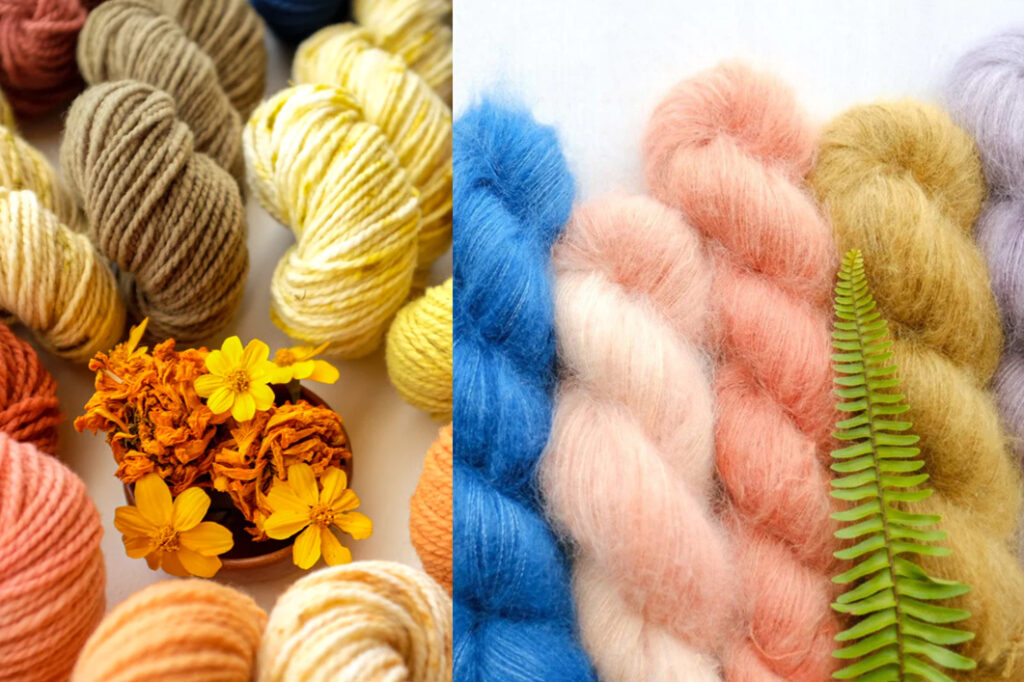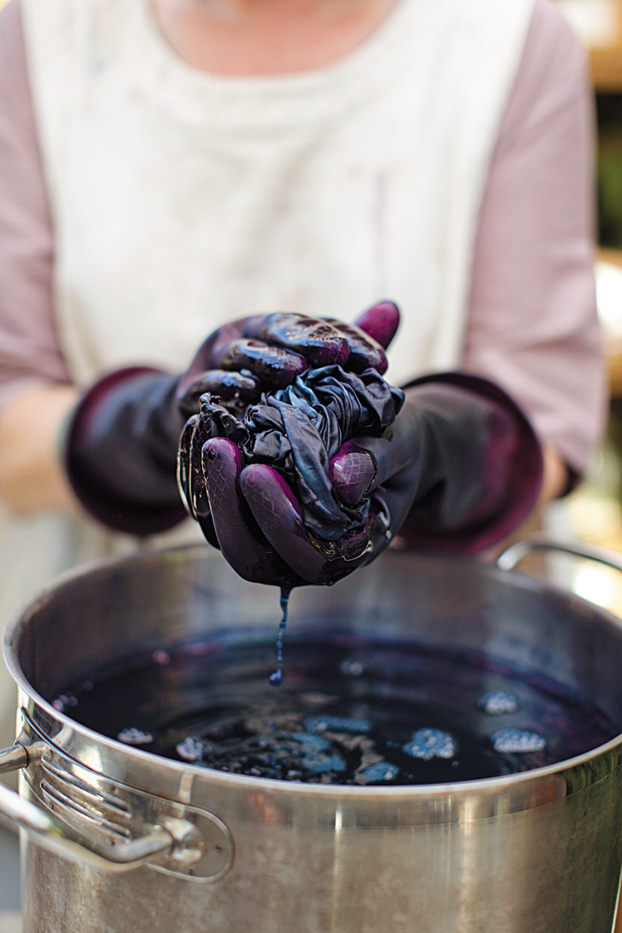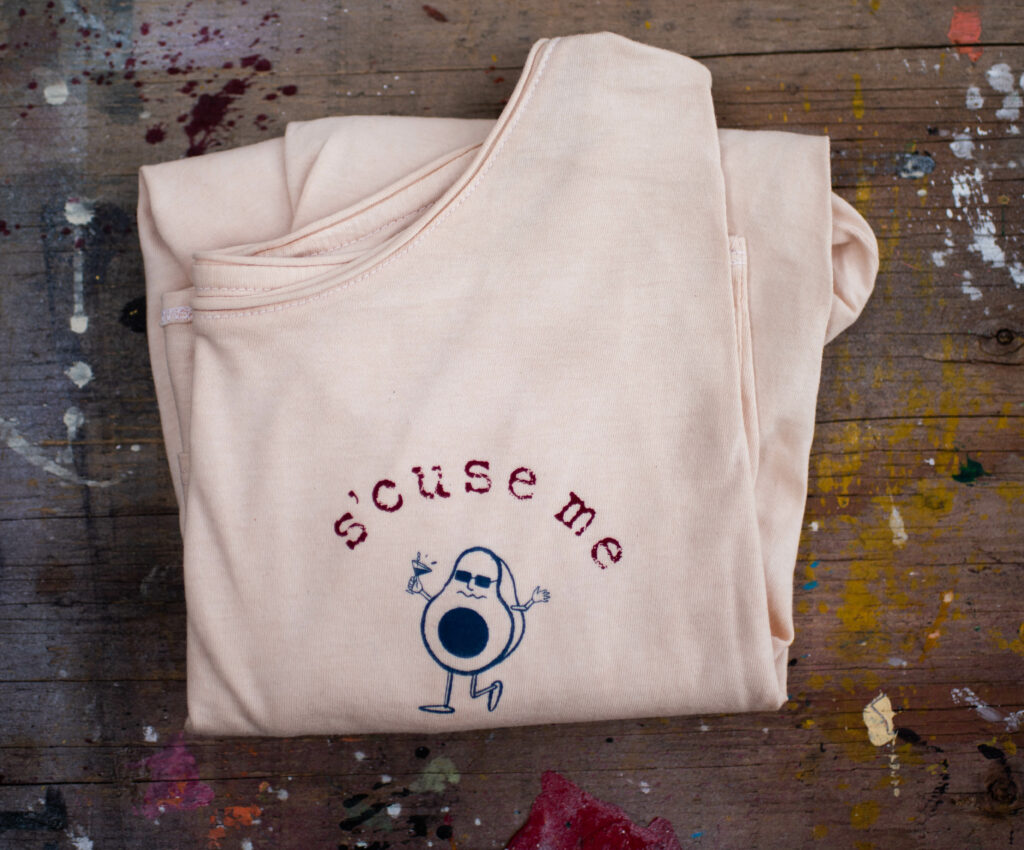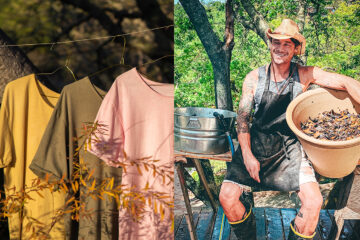This Artist Gives Natural Dye Tips & Where to Get Supplies in The Bay Area
Do you have a stove and eat avocados? Great! You’re halfway there. Natural dyeing is an activity that is amazingly accessible, and underscores ancient wisdom.
The following is a quick primer on the basics and methodology for natural dyeing. It’s meant to pique your curiosity, stir an inner muse, and hopefully inspire further investigation. I’ll teach you how to find supplies, who to learn from in the Bay Area and how you can even use materials found in your own house.
Wabi-sabi is a Japanese term that celebrates the imperfections in life. The cracks, smudges, and stains that are an unavoidable fact of existence is not something to despair, but instead cherish. Unless you’re hermetically sealed and surrounded by Styrofoam peanuts, chances are you have some cracks as well, which is by all accounts in the cosmic scheme of things: terrific.
You’ll find joy in the minor defects and artifacts the dyes produce, which is the wabi-sabi-esque part of the equation. It’s an antagonist to our modern expectations of instant gratification, and has been employed by our species since the Neolithic period. At around the same time humans were developing technology such as stone tools, spear heads, and bone flutes – we were using plants and insects to color textiles.
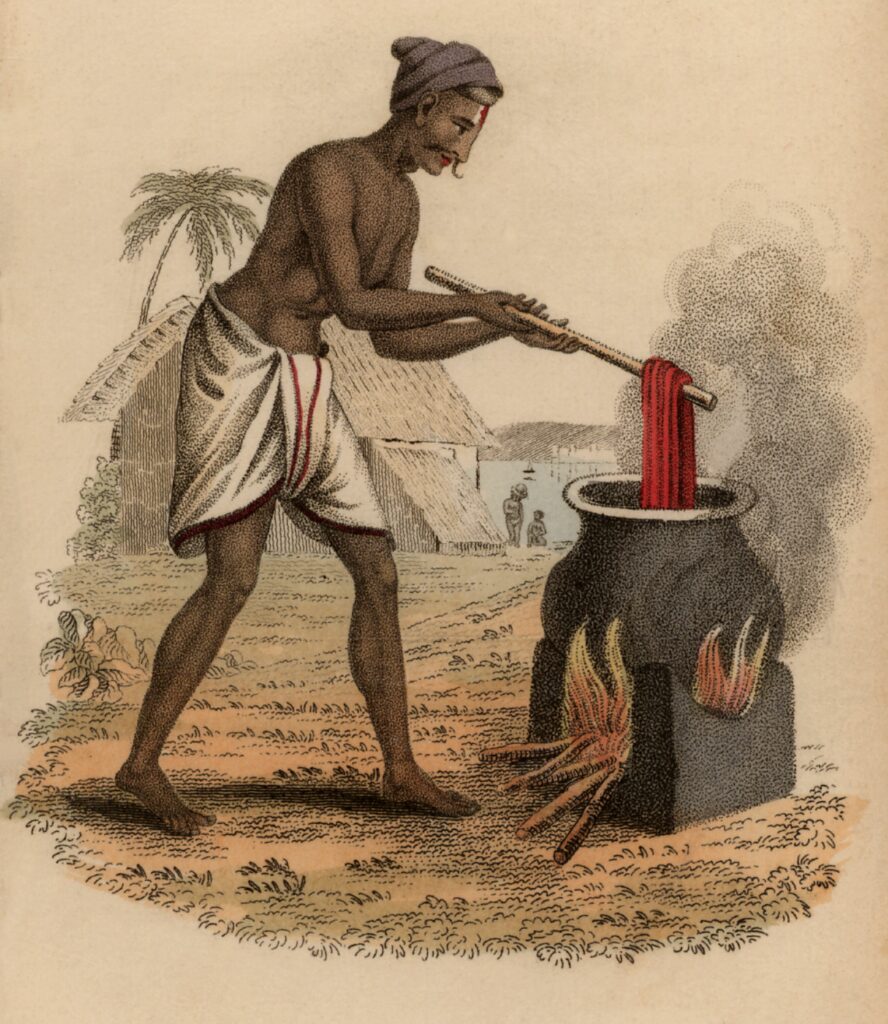
Getting Started with Natural Dye
Let’s first define two important concepts: colorfastness and lightfastness, each respectively a metric for the amount of washing a garment can take before fading, and the amount of UV light exposure it can handle before losing vibrancy. These are considerations to take when dyeing; natural dyes come at an inherent disadvantage compared to synthetic dyes. The powerful mordant process mitigates this to ensure many washes and trips to the beach.
Prior to dyeing, the garment must be prepared in what can only be described as a type of fabric foreplay. This involves a “scouring”, which is a pre-wash using a pH neutral soap that removes the excess oils, dirt, and grime that inhabit the surface of the fabric. Do you verbalize to the fabric that it’s been a dirty fabric? Well, that’s up to you. The primary fibers that accept natural dyes are cellulose (i.e. cotton) and animal (such as wool). Synthetic fabrics like polyester, nylon, and their ilk will have to sit this one out.
Pre-Launch: What to do before you start naturally dying things.
Before you responsibly forage your natural dyestuff it’s critical to mordant the fibers, which is a fixative step. Apply heat to water and add in a metallic salt – most commonly alum sulfate – and soda ash for a solution to submerge the fibers in. It makes sure the color will stick around, quite literally. Manifold options exist when deciding how to mordant, with each variable offering different outcomes. One could use alum, oak tree gals, or free-floating iron particles from rusted metal in water. Each option predictably shifts the final color to varying shades and tones.
Different Natural Dyes
Once the fiber has been selected, scoured, mordanted, blessed with a brief hand gesture and utterance, you may initiate the dye. You’re a fashion cook, and this is your entre un cordon blue. Your immediate surroundings yield many possibilities, some more colorfast than others:
- Pomegranate rinds – Yellow
- Avocados skins/seeds– Millennial pink
- Marigold – Yellow-green
- Lichen – Rose-pink-lilac
- Eucalyptus leaves – Yellow-beige
- Coreopsis flower – Orange-red
Each dye has its own needs and requirements, for instance the lichen needs to marinate in a water/ammonia solution for months before it’s ready. But typically you boil the raw materials with water and saturate the garment anywhere from one hour to several days, depending on the dyestuff. Watch it shift into a unique palate that could only come from combining alchemy with nature. The world’s top scientists could not replicate the richness in hue that comes from dyeing with the Coreopsis flower. Wait for your desired shade to emerge and that’s it. Finished. Although it’s advisable to hold the garment up to the light and admire it with a smug grin.

My other organic cotton t-shirts are dyed with pomegranate rind, pomegranate rind + iron, cochineal bug, and logwood + iron.
Solar-dry for a tinge of sun-fade, and marvel that to get started you only spent $30: Synthropol for the scour, alum and soda ash, a food scale, and $4 in gas to drive to the park looking for potential dyestuffs.
Another enjoyable step is the iron dip; a post-dye bath of an iron-sulfate solution that will “sadden” or “mute” the color, and is rapidly observable within just a few minutes. For instance, logwood chips are a popular dye that give a deep, dark purple, but when followed with an iron dip the fabric dramatically shifts to a cement gray.
Iron sulfate can be purchased online, but is also found just about everywhere in our local bioregion. Fun fact, one of Broke-ass Stuart’s editors, Katy Atchison, has a secret superpower. She is natural dyer extraordinaire and has been known to pluck old abandoned cans out of the forest and use their rust shavings to extract iron for her natural dye projects. This neatly encapsulates the spirit of a natural dyer: D.I.Y.
Getting Natural Dye Supplies in The Bay Area
It’s important to note that when looking at guides online, it’s easy to feel overwhelmed with the multitude of ways to achieve color, as it is both a science and an art. But by keeping it an “art” first, you can start out by sticking only to the basics. Don’t overthink things, and it will come out great. Some of the best guides can be found at Botanical Colors or Maiwa, where you can also purchase various dyes and mordants. They both source from sustainable projects, and carry a variety of dyes such as cochineal bugs or madder root.
For your textile needs, you can look no further than Dharma Trading Company in San Rafael. They carry dyes, objects to dye and books for reference.
The Bay Area is also home to many natural dye resources and dyers. A local master dyer Rebecca Burgess started project Fibershed that’s committed to finding scalable and restorative solutions for textile production. For hands on instruction, there is a natural dye studio in Oakland – A Verb for Keeping Warm – that hosts classes and workshops. In short, we are witnessing a revival of using raw materials in fashion as society is starting to course-correct from the pitfalls of mass production.
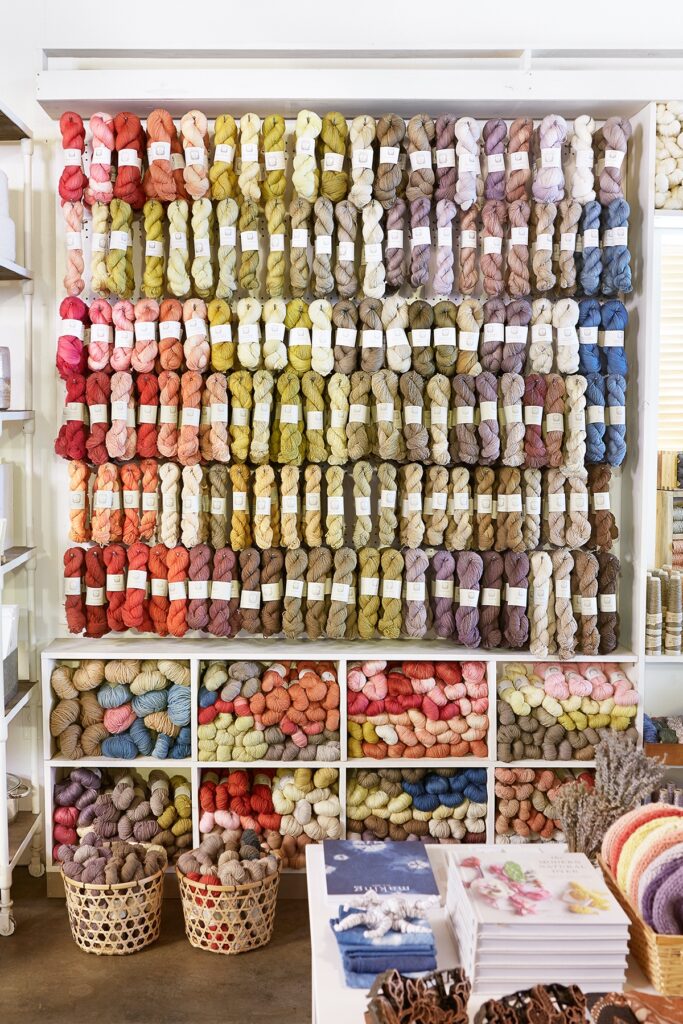
This is the yarn wall at A Verb – can you believe that ll of these colors are naturally dyed?! – photo credit Elysa Wetiala
My Own Natural Dye Journey
My name is Cameron Fletcher. I first got into natural dyeing as I recovered from a series of injuries that, for the first time in my life, forced me to slow down. Art had become a therapy, and natural dyeing was something that got me out of the house and moving again as I recovered from the delightful experience of two surgeries. As someone who has a hard time sitting still, this process initiated a mental reset and helped endow me with an inner Zen. Something I severely lacked before.

Here I am cleaning out hundreds of used avocado skins kindly donated from Matador Taco bar in San Francisco.
You can check out more of my journey here:
My Natural Dye IG: @wireandink
where I document the process of foraging materials for my art such as freediving to harvest bull kelp for a painting, or picking roadside flowers for natural dyes.
Personal IG: @Camfletch99
My Website: www.notesofcitrus.com
I hope you’ll find this activity as enjoyable as I do. The process is laborious, time consuming, frustrating, part of our DNA, and wholesomely rewarding. This is a hill I’m willing to dye on.


